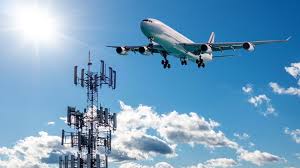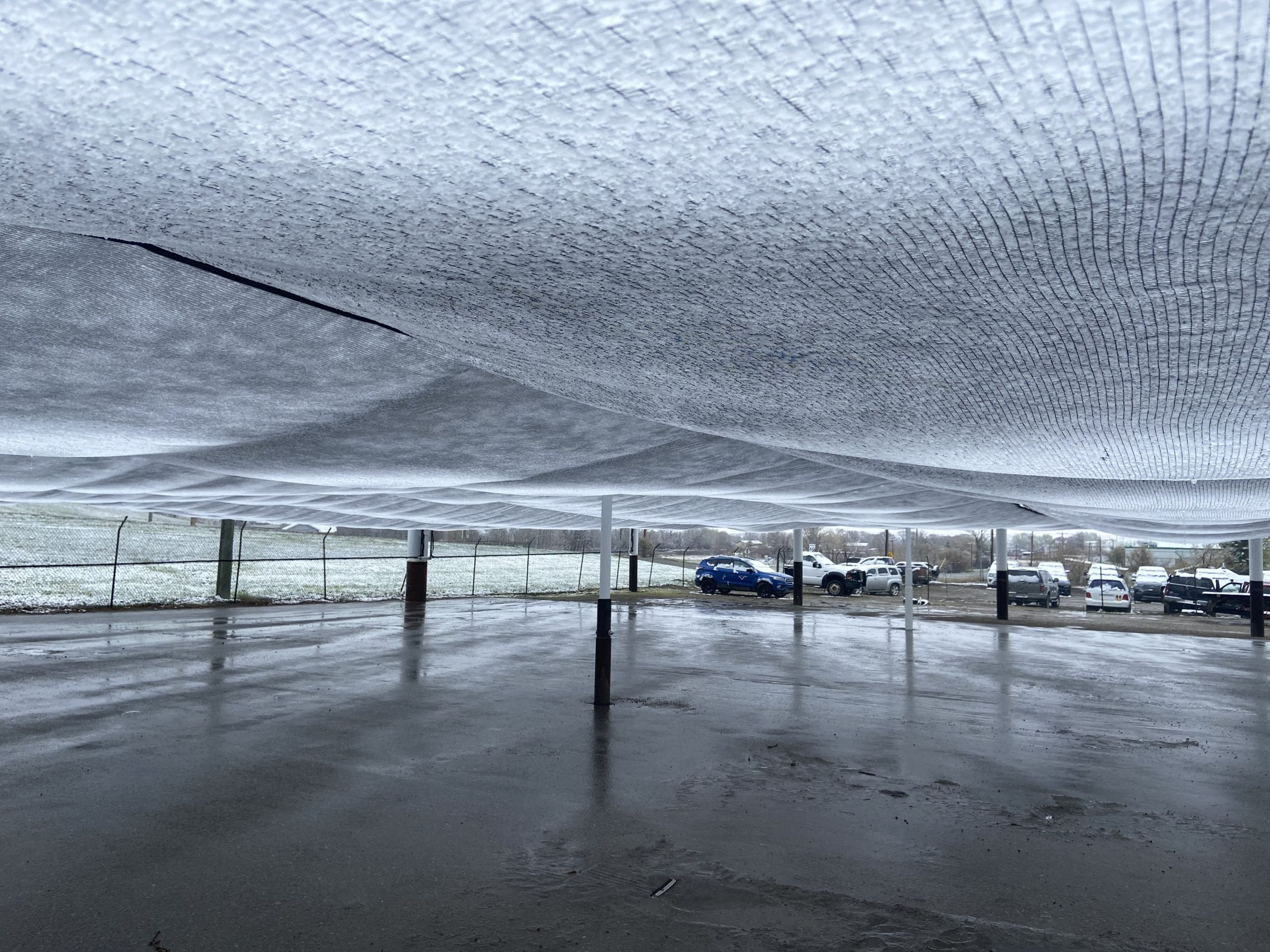Imagine boarding a flight from Toronto or Vancouver, only to learn your plane can’t take off because nearby 5G networks interfered with its instruments. It sounds like science fiction, but for Canadian aviation and telecom experts, it’s a very real—and urgent—problem.
The rapid rollout of 5G across Canada has raised alarms with Transport Canada, airlines, and public safety advocates. The issue lies with radio altimeters, critical instruments that measure a plane’s altitude during takeoff, landing, and low-visibility operations. Operating around 4.2–4.4 GHz, these devices sit uncomfortably close to the C-band frequencies used by 5G, creating a risk of signal interference that could jeopardize flights.
Air Canada and WestJet have already warned of “serious operational impacts” if 5G towers are deployed too close to airports. Early tests in the U.S. caused flight cancellations and operational restrictions, prompting temporary buffer zones—but these lacked a precise, scientific foundation.
A breakthrough from Saudi Arabia’s King Abdullah University of Science and Technology (KAUST) offers a potential solution. Using stochastic geometry, researchers modeled triangular exclusion zones around runways to minimize interference while maintaining 5G connectivity. These zones act like “closing a lane on a highway,” slowing 5G signals near critical instruments without shutting off networks entirely. Simulations show manageable performance losses—about 20% with one tower in a zone, rising to 50% with three—demonstrating that safety and connectivity can coexist.
The implications reach across Canada. With major hubs like Toronto Pearson, Montreal-Trudeau, and Vancouver International seeing rapid 5G deployment, precise exclusion zones could protect flight safety while allowing Canadians to enjoy high-speed connectivity. The study provides regulators with a blueprint for evidence-based decisions, moving beyond arbitrary buffer zones toward safer implementation.
As emerging technologies—from satellite internet to quantum sensors—continue to grow, the 5G-altimeter conflict serves as a crucial lesson: innovation must adapt to safeguard critical systems. For Canadian travelers, math may be the unsung hero that ensures flights remain safe without sacrificing progress. For regulators, it’s a blueprint to harmonize technology and public safety. And for the country, it’s a stark reminder that in Canada’s skies, speed and safety must coexist—or the consequences could be catastrophic.










